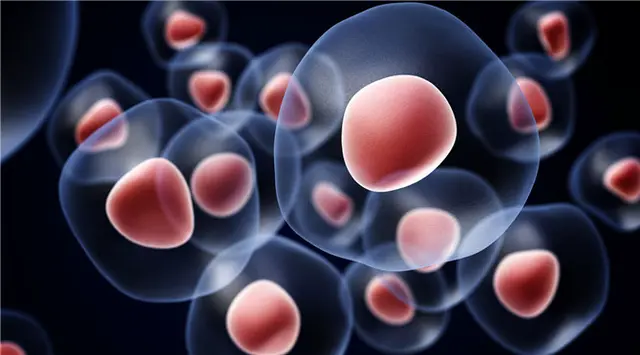Human trials of a breakthrough stem-cell treatment capable of regenerating human tissue damaged by injury, disease or aging, similar to salamanders, will begin next year following landmark research by Aussie researchers.
Published in the journal Proceedings of the National Academy of Sciences on Tuesday, the technique which reprograms bone and fat cells into induced multipotent stem cells (iMS) and successfully demonstrated in mice, could be used to repair everything from spinal discs to bone fractures.
"This technique is a significant advance on many of the current unproven stem cell therapies, which have shown little or no objective evidence they contribute directly to new tissue formation," the study's lead author, University of New South Wales Associate Professor of haematology John Pimanda, said in a statement on Tuesday.
"We are currently assessing whether adult human fat cells reprogrammed into iMS cells can safely repair damaged tissue in mice, with human trials expected to begin in late 2017."
Pimanda said the technique is ground-breaking as iMS cells can regenerate multiple tissue types, unlike other types of adult stem cells which are tissue specific.
"We have taken bone and fat cells, switched off their memory and converted them into (iMS) stem cells so they can repair different cell types once they are put back inside the body," Pimanda said.
The new technique is similar to salamander limb regeneration, which is also dependent on the plasticity of differentiated cells, which can repair multiple tissue types, depending on which body part needs replacing.
Other stem-cell therapies currently under consideration unfortunately have a number of deficiencies, such as embryonic stem cells which offer similar plasticity that have a tumour forming capacity when treating damaged tissue.
"The other problem when generating stem cells is the requirement to use viruses to transform cells into stem cells, which is clinically unacceptable," the UNSW medical researcher who developed the technique, Dr Vashe Chandrakanthan, said.
"We believe we've overcome these issues with this new technique. "
The therapy, once widely available, has been touted as a game changer in treating back and neck pain, spinal disc injury, joint and muscle degradation and speeding up the recovery following complex surgeries of bones and joints.
Human trials will begin once the safety and effectiveness of the technique using human cells in mice has been demonstrated, and research is finalised to ascertain if the stem cells that remain dormant at sites of transplantation retain their capacity to multiply on demand.
 简体中文
简体中文

